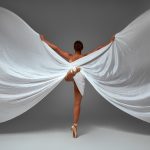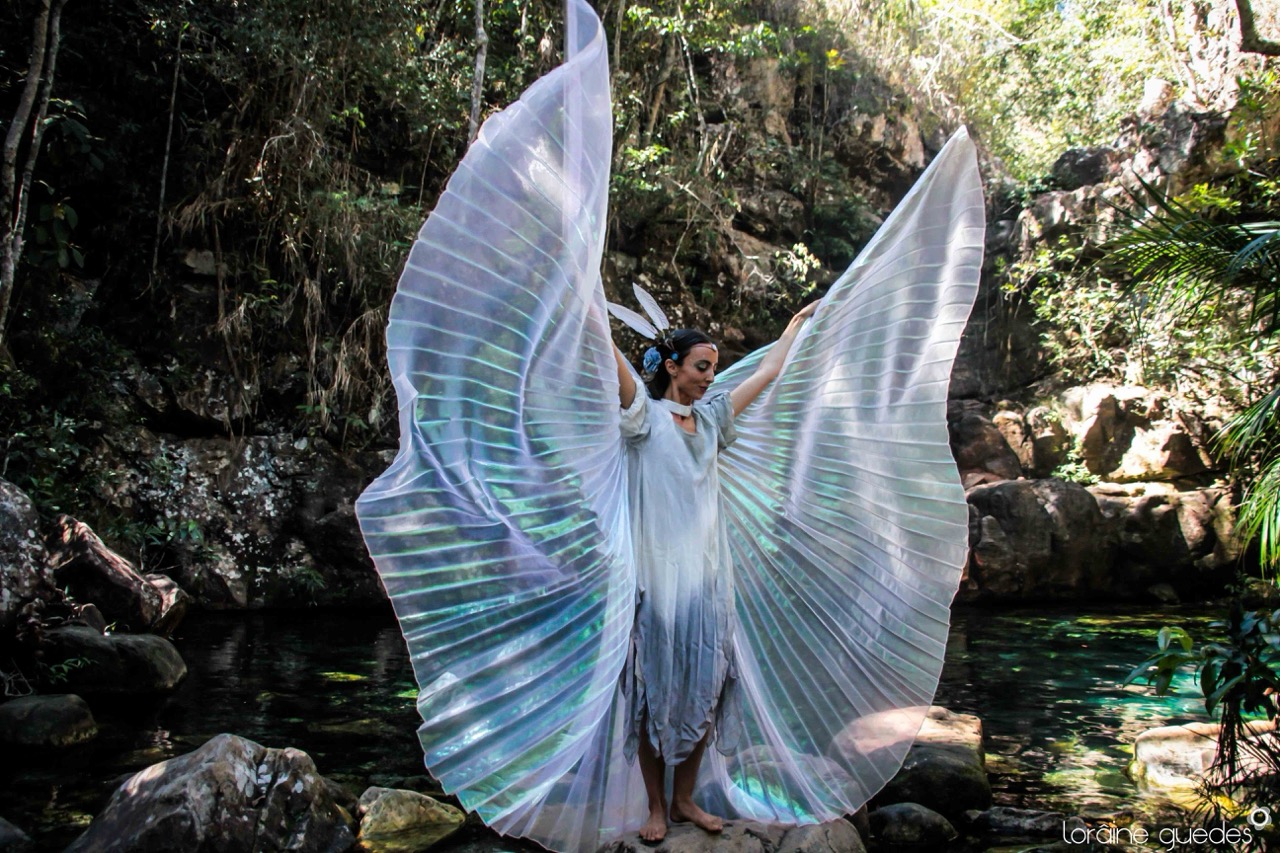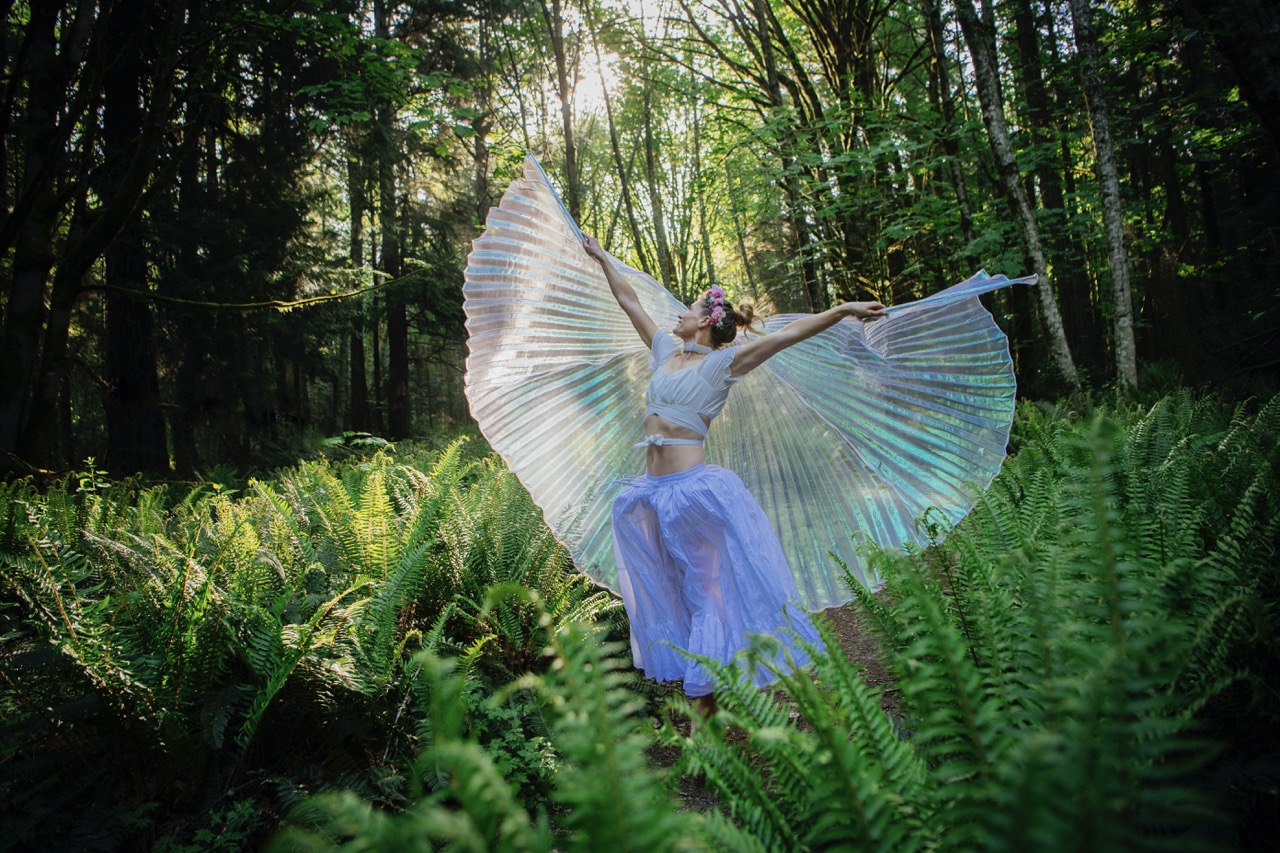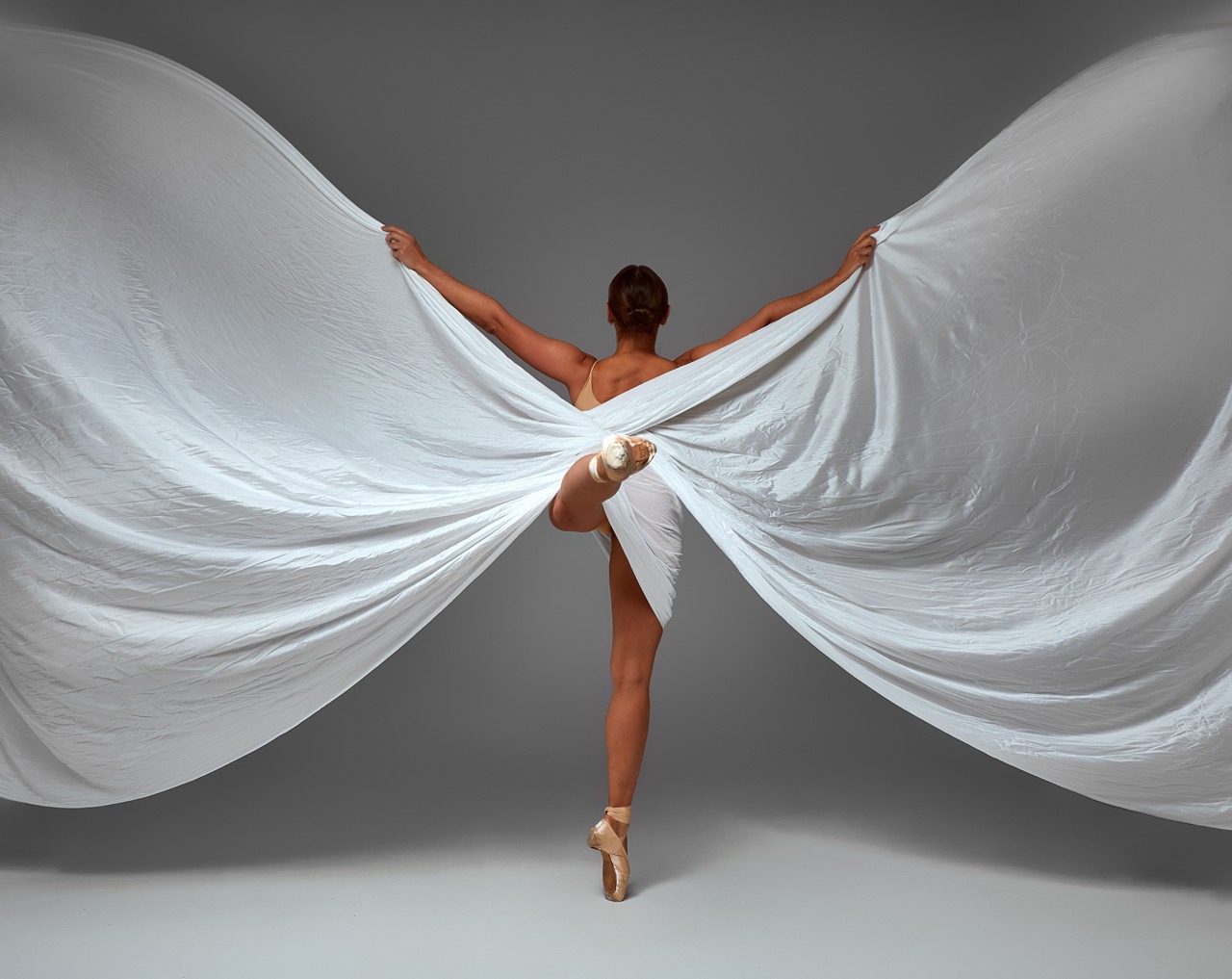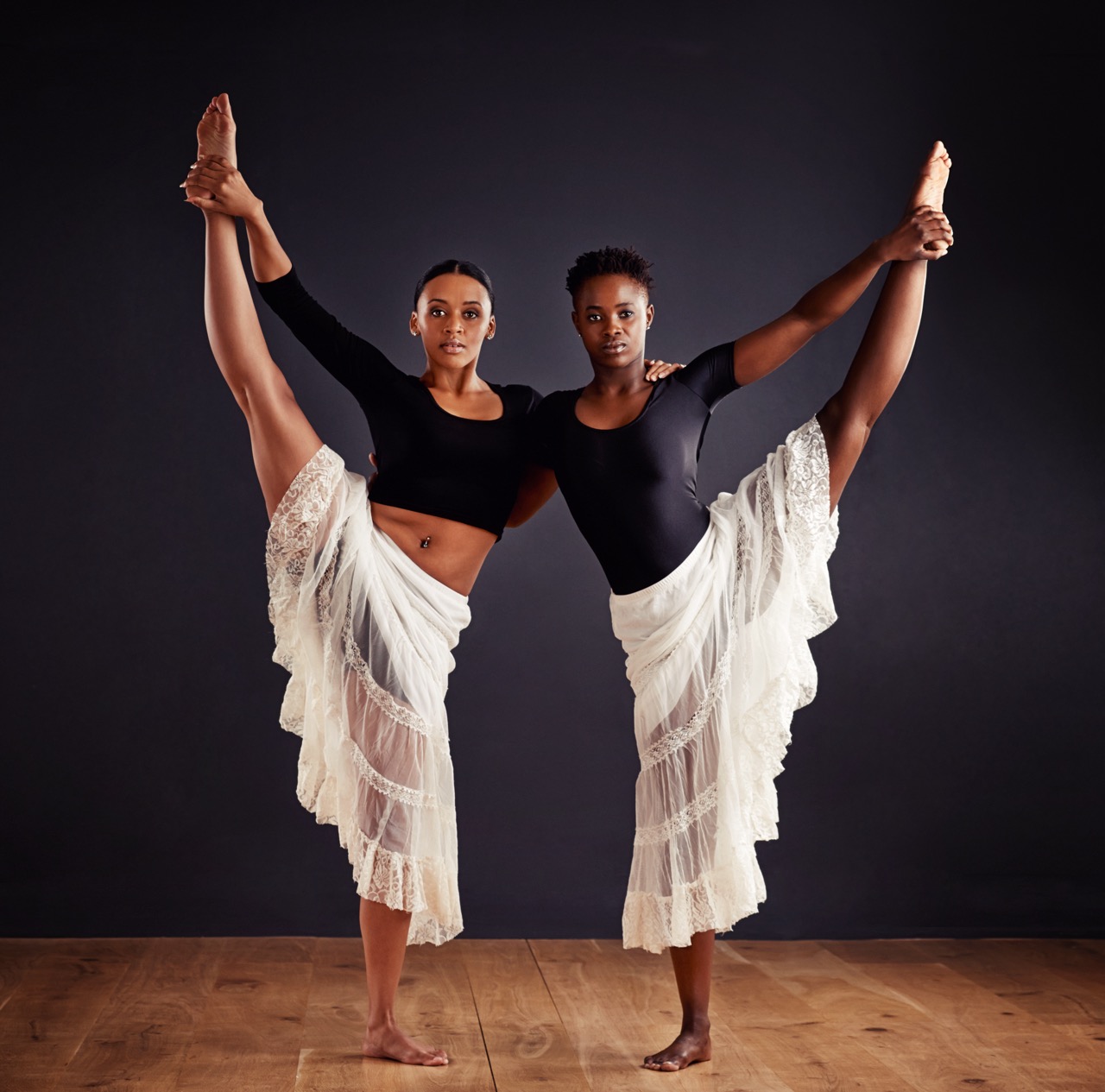In the world of performance art, dance wings serve as both a visual spectacle and a functional element that enhances the overall experience for audiences in large venues. These intricately designed garments help dancers convey emotions, create captivating visual effects, and underscore the narrative of the performance. The engineering behind dance wings is a blend of artistry and technology, taking into account not only aesthetics but also practicality in movement. This article delves into the multifaceted approach taken in designing dance wings for maximum impact in vast spaces, from the selection of materials to the intricacies of aerodynamics.
The Art and Science Behind Dance Wing Engineering
Dance wings are not merely decorative; they are a testament to the marriage of artistry and engineering. Each pair is thoughtfully designed to complement the movements of the dancer while also enhancing the performance’s visual narrative. The creative process begins with an understanding of the dance style and its thematic elements, as the wings must align seamlessly with the choreography. The collaboration between choreographers, designers, and engineers ensures that every aspect—from colors to shapes—contributes to the storytelling aspect of the performance.
The design process also involves extensive research and experimentation with different forms and structures. Designers often create prototypes using computer-aided design (CAD) software to visualize the wings in various configurations before settling on a final product. This iterative process allows for adjustments that can significantly affect the wings’ impact on stage. Understanding how the wings will interact with lighting and stage dynamics is crucial, as these factors can change the perception of a performance, especially in larger venues where sightlines vary dramatically.
Moreover, the integration of technology plays an increasingly vital role in dance wing engineering. Innovations such as LED lighting embedded in the fabric can create mesmerizing effects that captivate audiences, transforming the wings into dynamic pieces of art that evolve throughout the performance. The careful consideration of these elements reflects the dedicated effort to push creative boundaries, ensuring that dance wings are not just costumes but essential components of the overall artistic expression.
Materials Matter: Choosing Fabrics for Visual Impact
When it comes to designing dance wings, the choice of fabric is paramount to achieving the intended visual impact. Lightweight materials such as chiffon, organza, and silk are popular choices due to their ability to flow gracefully with the dancer’s movements. These fabrics not only allow for free movement but also catch the light beautifully, creating an ethereal effect that can mesmerize an audience, especially in large venues where visibility can be a challenge.
Color and texture also play a significant role in the selection of materials. Designers often opt for vibrant colors and iridescent fabrics to ensure that the wings stand out against the backdrop of the stage. The interplay between light and fabric can enhance the emotional tone of a performance; for instance, dark colors may evoke a sense of drama, while lighter shades can elicit feelings of joy and liberation. Furthermore, using fabrics that can be treated for reflectivity or translucence allows for innovative uses of lighting, enhancing the wings’ visual allure.
Durability is another critical factor in material selection. Large venues often require extensive setup and teardown, and the wings must withstand the rigors of repeated performances. Designers must balance aesthetic appeal with practicality, selecting fabrics that can endure the physical demands of dancing while maintaining their structural integrity. The harmonious blend of these considerations ensures that dance wings not only look stunning but also function effectively throughout the performance.
Aerodynamics and Visibility: Crafting the Perfect Design
The design of dance wings must take into account the principles of aerodynamics to maximize their visual impact. The way wings catch air can dramatically affect how they appear on stage, influencing everything from their movement to the audience’s perception. Designers often experiment with wing shapes—ranging from dramatic, sweeping lines to more subtle, fluttering forms—to see how each variation interacts with airflow. The right design can enhance a dancer’s movement, making their motions appear more fluid, graceful, and powerful.
Visibility is another critical aspect of wing design, particularly in expansive venues where some audience members may be seated far from the stage. Wings need to be large enough to be seen from a distance, yet lightweight enough to allow the dancer to maneuver effortlessly. This paradox requires meticulous planning and engineering; the incorporation of structural elements such as ribs or frames can provide support without adding excessive weight. Thus, dance wings can maintain their shape and presence, ensuring that they remain a focal point throughout the performance.
Additionally, the balance between style and functionality cannot be overstated. Designers must consider how the wings will respond to the dancer’s movements—too much drag can hinder a performance, while too little structure can render the wings ineffective. Therefore, utilizing the principles of both aerodynamics and visibility ensures that dance wings not only look captivating but also enhance the performance, drawing the audience into the artistic experience.
Enhancing Performance: Dance Wings in Action on Stage
Once designed, the true magic of dance wings comes to life on stage, where they enhance the dancer’s performance in powerful ways. As dancers move, the wings create a visual spectacle that captivates audiences, adding layers of meaning to the choreography. The dynamic interplay between the dancer and the wings can transform a simple movement into a compelling narrative moment, amplifying the emotional impact of the performance.
Furthermore, the wings can serve as a tool for storytelling, allowing dancers to convey themes and emotions with remarkable clarity. The way a dancer manipulates their wings—whether they are sweeping them gracefully across the stage or using them to create sharp, dramatic shapes—can evoke a range of feelings from the audience. This connection between the physicality of the wings and the dancer’s movements allows for a unique communication medium that transcends verbal language.
The strategic use of dance wings can also help to create visual focal points during performances, guiding the audience’s attention to specific moments or actions. By pacing the deployment of the wings throughout the performance, choreographers can build anticipation and heighten the overall experience. In large venues, where maintaining audience engagement can be challenging, the presence of dance wings becomes a vital element in creating memorable and immersive performances that resonate long after the curtain falls.
The design and implementation of dance wings are a true testament to the synergy between art and engineering in the realm of performance. The meticulous process—from selecting the right materials to perfecting aerodynamic designs—ensures that these stunning elements not only enhance the visual spectacle but also elevate the performance experience as a whole. As dance continues to evolve, the innovation surrounding dance wings will undoubtedly play a pivotal role in shaping the future of stage artistry, captivating audiences in large venues around the world. Through the thoughtful integration of design, functionality, and narrative, dance wings remain a powerful tool for expression, making every performance a unique and unforgettable journey.


